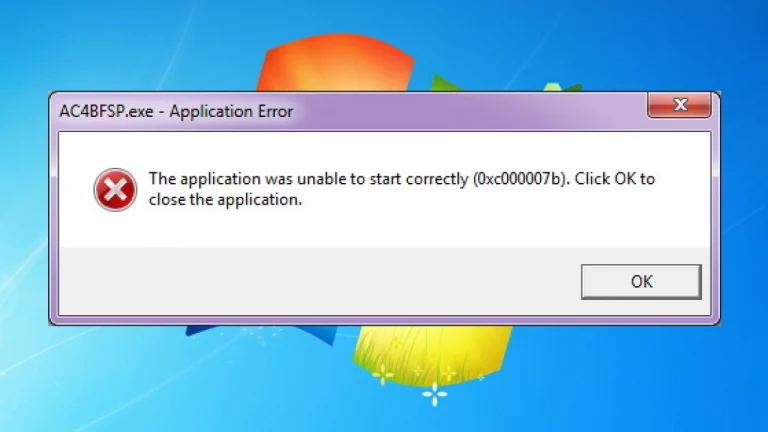The Total Count of Code Lines Revealed Windows 10 Analyzing
As an experienced writer, I’ve always been fascinated by the sheer complexity of modern operating systems, mainly Windows 10. This behemoth of software engineering is a testament to the incredible work and dedication that goes into creating and maintaining such a robust and feature-rich platform. But have you ever wondered how many lines of code make up this technological marvel?
Table of Contents
What are Lines of Code (LOC)?
Before we delve into Windows 10’s codebase specifics, let’s first understand what we mean by “lines of code” (LOC). In software development, a line of code is a single statement or instruction executed by a computer’s processor. When combined, these lines of code form the foundation of any software application or operating system.
The Challenge of Counting Lines of Code in Windows 10
Estimating the exact number of lines of code in Windows 10 is daunting. This operating system is a complex and multi-layered software with countless components, libraries, and dependencies contributing to its functionality. Additionally, the code is constantly being updated and refined, making it a moving target for any attempt at a precise count.
Methods Used to Estimate the Number of Lines of Code in Windows 10
Despite the challenges, researchers and industry experts have employed various methods to arrive at an approximate figure for the number of lines of code in Windows 10. Some of the most common approaches include:
- Source Code Analysis: This involves directly analyzing the operating system’s source code, which is typically not publicly available. However, some researchers have been able to access and examine portions of the code, providing insights into the overall scale of the codebase.
- Reverse Engineering: In this method, experts disassemble and analyze the compiled binary files of Windows 10, attempting to reconstruct the source code and estimate the total number of lines.
- Extrapolation: By examining the growth of lines of code in previous versions of Windows, researchers can make educated guesses about the scale of the Windows 10 codebase.
- Industry Benchmarks: Comparing the size of Windows 10 to other large-scale software projects, such as the Linux kernel or the Android operating system, can also provide a rough estimate of the number of lines of code.
Historical Perspective: Lines of Code in Previous Versions of Windows
To put the scale of Windows 10’s codebase into perspective, let’s take a look at the evolution of lines of code in previous versions of the Windows operating system:
Windows 1.0 (1985): Approximately 500,000 lines of code
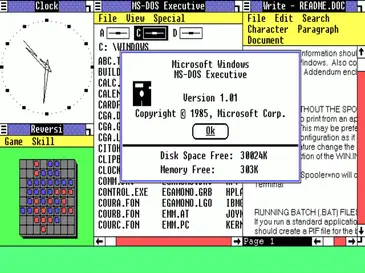
Windows 95 (1995): Estimated at 15 million lines of code
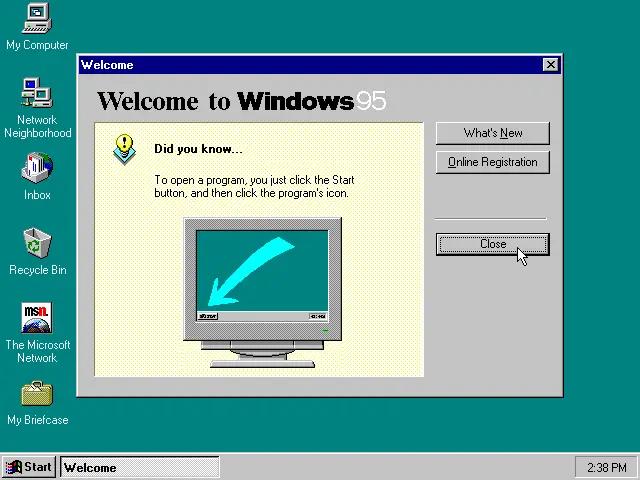
Windows XP (2001): Estimated at 40 million lines of code
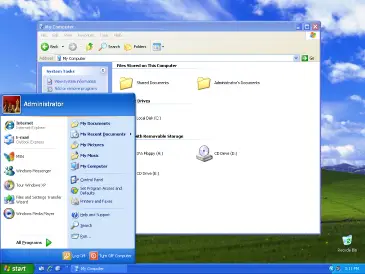
Windows 7 (2009): Estimated at 50 million lines of code
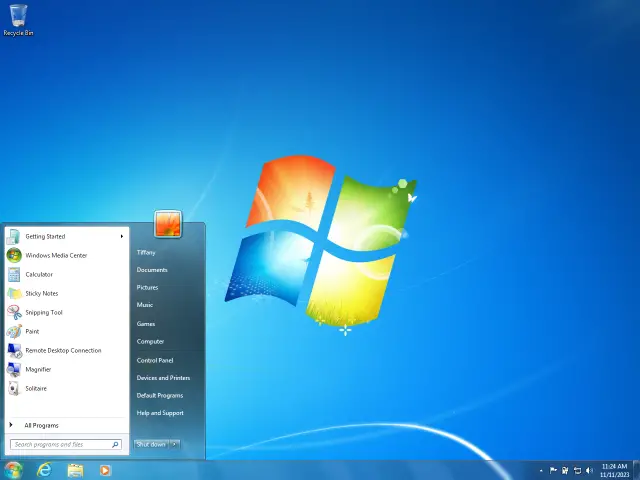
Windows 10 (2015): Estimated at 50-100 million lines of code

As you can see, Windows’s complexity and scale have grown exponentially over the years, reflecting the increasing demands and features of modern computing.
Estimations and Controversies Surrounding the Number of Lines of Code in Windows 10
Estimates for the number of lines of code in Windows 10 vary widely, with some sources suggesting it could be as high as 100 million lines, while others estimate it to be around 50 million. The exact figure is a subject of ongoing debate and controversy, with various factors contributing to the uncertainty:
- Lack of Transparency: Microsoft, the company behind Windows, must publicly disclose the precise number of lines of code in its operating system, making it difficult for independent researchers to verify the claims.
- Complexity and Modularity: As mentioned earlier, the Windows 10 codebase is highly complex and modular, with numerous interdependent components, making it challenging to arrive at a definitive count.
- Continuous Updates: Windows 10 is a constantly evolving platform, with regular updates and feature additions, further complicating the task of accurately estimating the total lines of code.
- Differing Methodologies: Different researchers and organizations may use varying methods and assumptions when attempting to count the lines of code, leading to discrepancies in their findings.
Interesting Facts About the Lines of Code in Windows 10
Despite the challenges in pinpointing the exact number of lines of code in Windows 10, some fascinating facts shed light on the sheer scale of this operating system:
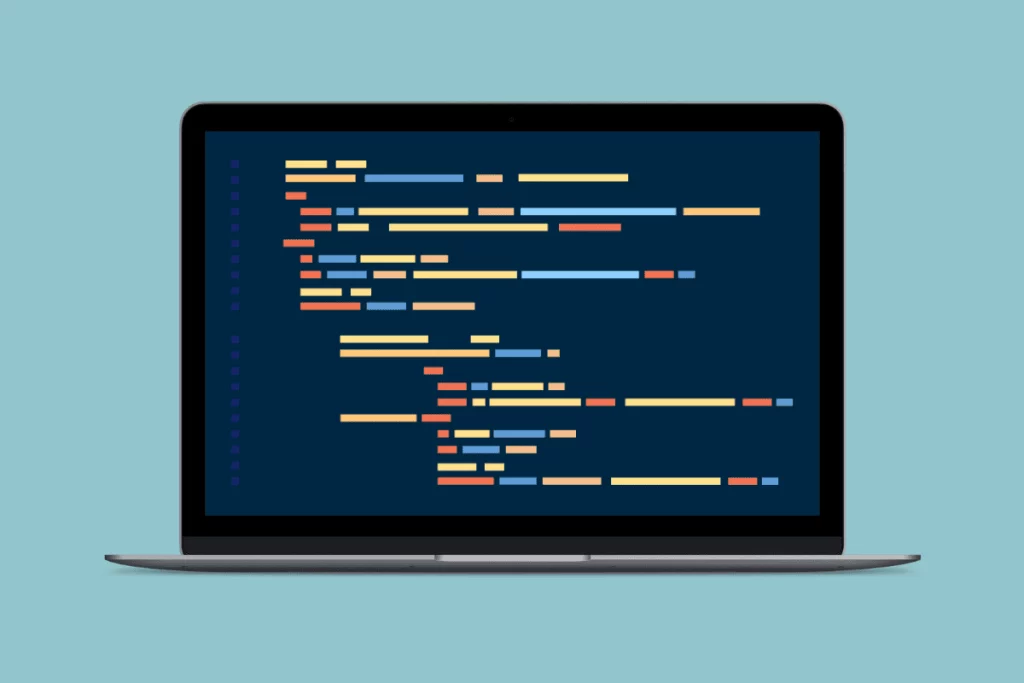
- Comparison to Other Software: If the estimates of 50-100 million lines of code are accurate, Windows 10 would be one of the largest and most complex software projects in the world, rivalling the size of the Linux kernel (around 27 million lines of code) and the Android operating system (around 12 million lines of code).
- Printed Code: If the Windows 10 codebase were printed on paper, it would fill approximately 1.25 million pages, equivalent to a stack of paper over 300 feet (91 meters) tall.
- Complexity and Maintenance: Maintaining and updating such a vast codebase is an immense challenge, requiring teams of highly skilled software engineers and a significant investment of time and resources.
The Impact of Lines of Code on Performance and Stability
The sheer number of lines of code in Windows 10 has a direct impact on the operating system’s performance and stability. A larger codebase means a higher likelihood of bugs, errors, and vulnerabilities, as well as increased resource requirements and potential slowdowns.

Microsoft employs various optimization techniques to mitigate these issues, such as modularization, code refactoring, and extensive testing. However, Windows 10’s complexity means that even small changes can have unintended consequences, making maintaining a balance between features, performance, and stability an ongoing challenge.
The Future of Windows and Its Lines of Code
As technology continues to evolve, the complexity and size of the Windows operating system are likely to grow even further. With the increasing demands for new features, improved security, and enhanced user experiences, the lines of code in future versions of Windows are expected to increase even further.
However, Microsoft and the broader software development community constantly explore ways to optimize and streamline the codebase, leveraging advancements in programming languages, development tools, and software engineering practices. This could lead to more efficient and compact code, potentially slowing the growth rate in the lines of code while still delivering the features and functionality that users expect from the Windows platform.
Frequently Asked Question
Q: What is the exact number of lines of code in Windows 10?
A: The exact number of lines of code in Windows 10 is not publicly disclosed by Microsoft and is a subject of ongoing debate and estimation, with figures ranging from 50 million to 100 million lines of code.
Q: How does the size of the Windows 10 codebase compare to other operating systems?
A: If the estimates are accurate, the Windows 10 codebase is significantly larger than other major operating systems, such as the Linux kernel (around 27 million lines of code) and the Android operating system (around 12 million lines of code).
Q: Why is it so difficult to accurately count the lines of code in Windows 10?
A: The complexity and modularity of the Windows 10 codebase, along with the continuous updates and lack of transparency from Microsoft, make it challenging for researchers and industry experts to arrive at a definitive count.
Q: How does the size of the Windows 10 codebase impact its performance and stability?
A: A larger codebase increases the likelihood of bugs, errors, and vulnerabilities, as well as resource requirements and potential slowdowns. Microsoft employs various optimization techniques to balance features, performance, and stability.
Q: What is the future of the Windows codebase in terms of lines of code?
A: The complexity and size of the Windows operating system are expected to continue growing, driven by the increasing demands for new features, improved security, and enhanced user experiences. However, advancements in programming languages, development tools, and software engineering practices may help to optimize and streamline the codebase.
Consclusion
By examining its lines of code, one can discover not only the technical complexities but also the enormous amount of work that went into developing Windows 10. Although precise numbers are confidential, approximations indicate that Windows 10 contains more than 50 million lines of code. This astounding figure highlights the complexity required to function on a range of hardware setups and satisfy different user requirements.
The security patches and regular updates from Microsoft guarantee dependability and performance by adding new levels of complexity and improvement. By comprehending the enormous scope of the Windows 10 codebase, we are better able to recognize the difficulties and achievements of contemporary software development.
Related Article: Ultimate Fixes for Non-Working Headphones on Windows 10





